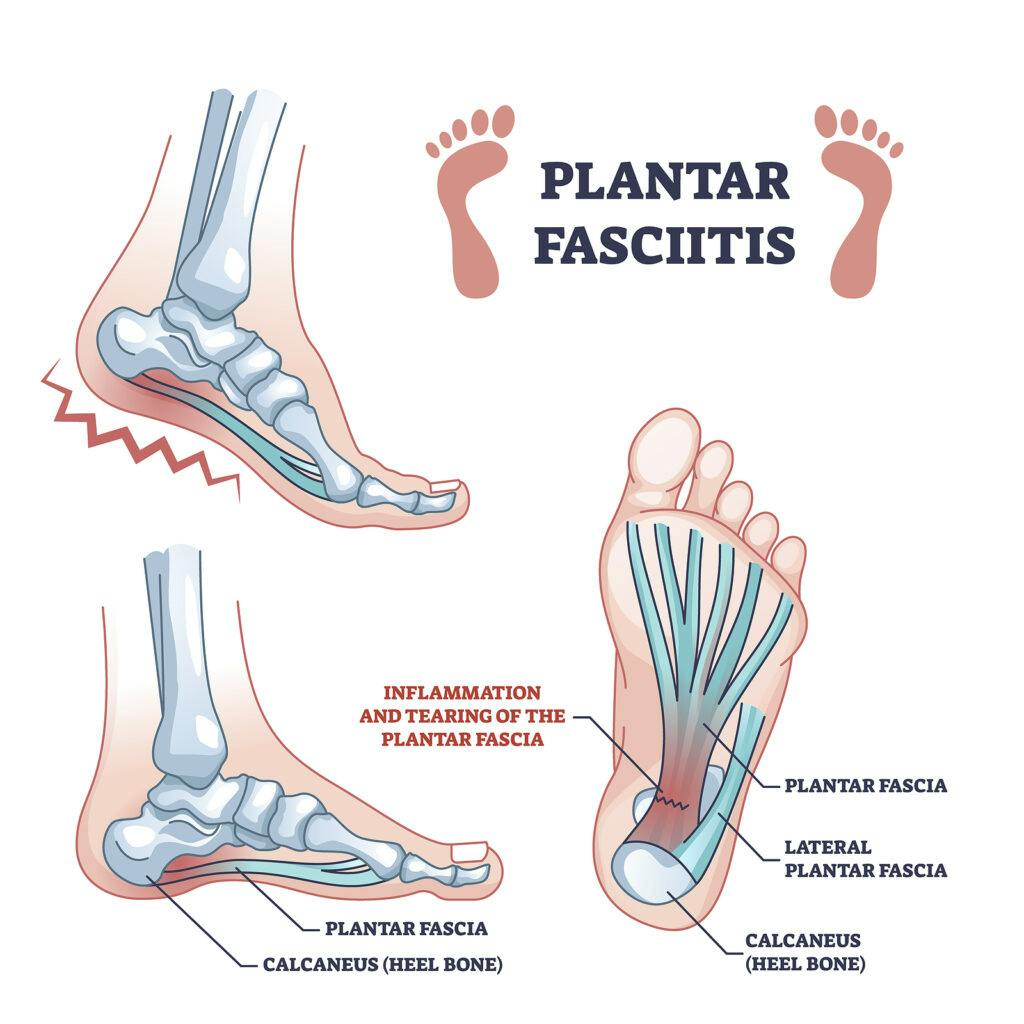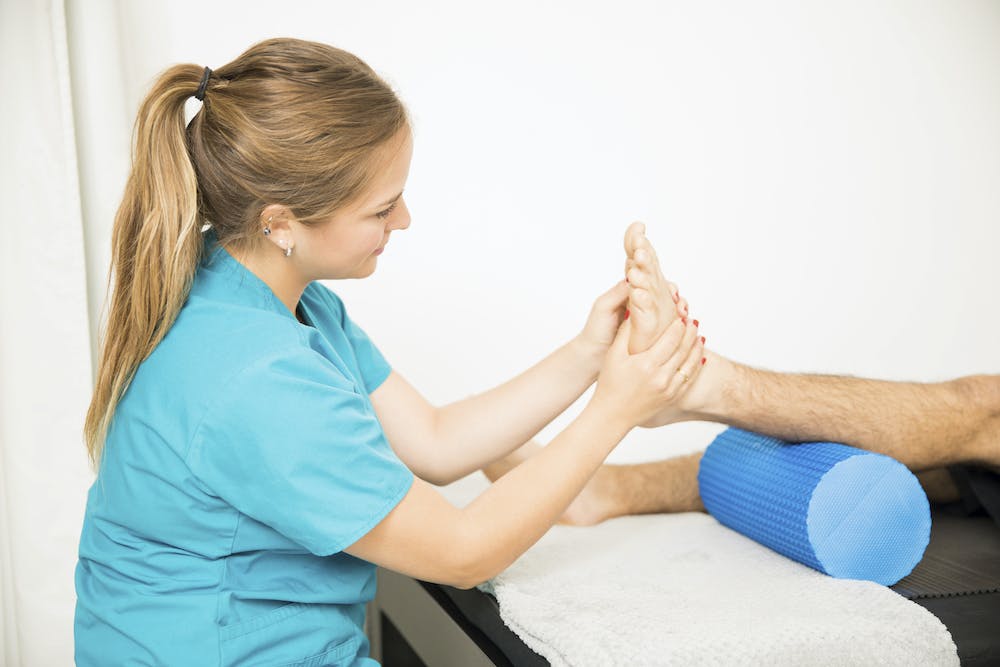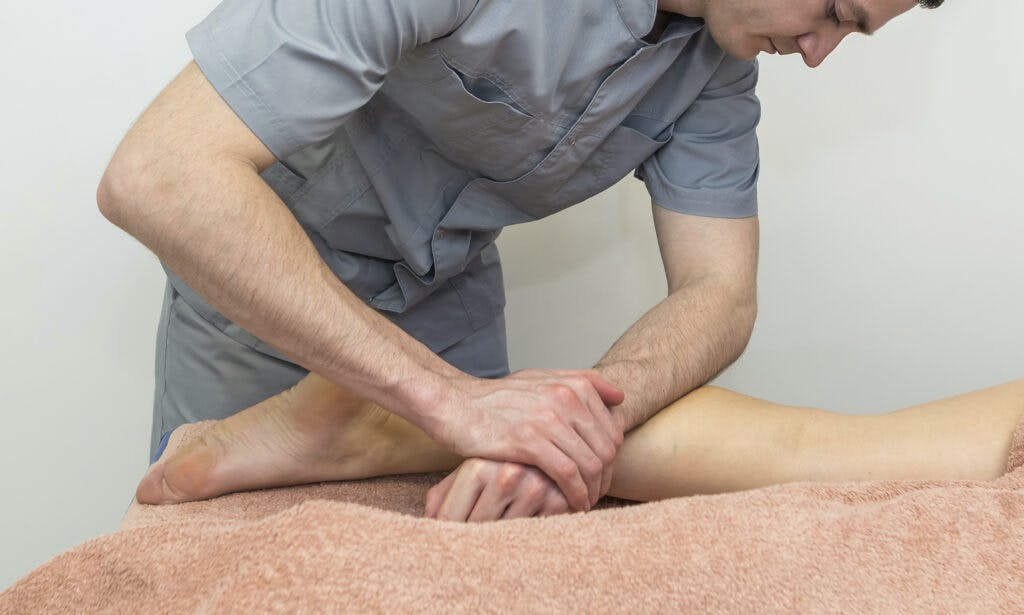Chronic pain can be a debilitating condition affecting many individuals, making daily life challenging. Physical Therapy (PT) offers a beacon of hope, providing a non-pharmacological avenue to manage and alleviate chronic pain. In Visalia, Bacci & Glinn Physical Therapy stands out as a top-rated clinic dedicated to helping individuals overcome chronic pain and regain an active lifestyle.
Understanding Chronic Pain
What is Chronic Pain?
Chronic pain is persistent pain that lasts for weeks, months, or even years. It’s different from acute pain, which is temporary and usually arises from an injury or surgery.
Common Causes
- Arthritis
- Fibromyalgia
- Post-surgical pain
- Other musculoskeletal conditions
Importance of Early Management
Addressing chronic pain early can prevent it from becoming a more severe, long-term issue, often making the difference in a patient’s quality of life.
Why Choose Physical Therapy for Chronic Pain Management?
Physical Therapy helps alleviate chronic pain through tailored exercise programs, manual therapy, and educating patients on self-management techniques.
Holistic Approach
PT offers a holistic approach, encompassing not just exercises but lifestyle modifications and patient education to foster long-term relief and self-management.
Services Offered at B&G PT

Bacci & Glinn Physical Therapy provides a range of specialized services to address chronic pain.
Individualized Treatment Plans
Every patient’s journey with chronic pain is distinctive, marked by individual circumstances, pain levels, and responses to treatment. That’s why at Bacci & Glinn Physical Therapy, a cornerstone of our approach is crafting individualized treatment plans that cater to each person’s unique needs.
Upon your first visit, a thorough assessment is conducted to understand not only the nature and extent of your pain but also your lifestyle, activities, and goals. This holistic evaluation lays the foundation for a tailor-made treatment plan designed to address your specific challenges and objectives. Our therapists work closely with you, adjusting the plan as necessary to ensure you are on the fastest road to recovery. This personalized attention underscores our commitment to delivering effective, patient-centered care, setting us apart as a top-rated physical therapy clinic in Visalia.
Manual Therapy
Manual therapy is a hands-on approach utilized by our skilled therapists to treat musculoskeletal pain and disability. This technique encompasses a variety of methods including joint manipulation and mobilization, as well as soft tissue techniques like massage and stretching.
The goal of manual therapy is to restore movement, alleviate pain, and enhance function. By applying targeted pressure or movement, our therapists can help alleviate muscle tension, improve circulation, and promote relaxation, all of which contribute to pain relief and improved mobility.
Manual therapy at Bacci & Glinn Physical Therapy is not a one-size-fits-all method. It’s adapted to each individual’s condition and response to treatment, demonstrating once again our dedication to providing personalized care that addresses the root cause of your pain, not just the symptoms.
Therapeutic Exercises
Therapeutic exercises form the backbone of any effective physical therapy regimen. At Bacci & Glinn Physical Therapy, we develop exercise programs tailored to each patient’s unique needs and goals. These exercises aim to restore and enhance the stability, strength, and mobility needed to support a pain-free life.
Whether it’s stretching exercises to improve flexibility, strengthening exercises to build muscle, or aerobic exercises to enhance endurance, our therapeutic exercises are designed to address the specific musculoskeletal issues contributing to your chronic pain. Our therapists guide you through each exercise, ensuring proper form to maximize benefits and prevent injury. Over time, these exercises can significantly improve your ability to move and function, marking a substantial step towards overcoming chronic pain.
Pain Education and Management Training

Knowledge is power, especially when it comes to managing chronic pain. At Bacci & Glinn Physical Therapy, we believe that educating our patients about their conditions and how to manage pain effectively is a crucial component of the treatment process.
Our pain education and management training include teaching patients about the mechanics of their bodies, the nature of their conditions, and the principles behind their treatment plans. We also provide practical strategies for managing pain in daily life, including ergonomic adjustments, relaxation techniques, and lifestyle modifications.
Furthermore, we empower our patients with the knowledge and tools they need to take an active role in their recovery. By understanding the intricacies of their conditions and how to manage pain effectively, our patients are better equipped to achieve their rehabilitation goals and maintain long-term relief from chronic pain.
Real-life Testimonials from B&G PT
The testimonials from real patients attest to the exceptional care provided at Bacci & Glinn Physical Therapy.
Marjorie’s Experience
“Marjorie had undergone five knee replacements and visited six other PT offices before finding B&G PT. She praises the professional and caring nature of the staff at B&G PT, which she says stands out among the rest.”
Marjorie mentions the exceptional staff at B&G PT, highlighting their professionalism and always-positive attitude, which created a happy and smiling environment.
Jose’s Recovery
“They are very professional. They have exceptional staff helping everybody in a great mood all the time; their goal is to ensure that everybody in there is happy and smiling. They did a great job very knowledgeable”
What to Expect During Your Visit to B&G PT
An initial assessment is conducted to understand the cause of pain and create a tailored treatment plan. The typical duration and frequency of PT sessions will be discussed to set the right expectations.
Getting Started with Your Chronic Pain Management Journey
Taking the first step towards managing chronic pain is crucial. Contact B&G PT to schedule an initial consultation and embark on your journey towards a pain-free life.
Contact Us Today at (559) 733-2478
Bacci & Glinn Physical Therapy provides top-rated services for managing chronic pain in Visalia. With a team of experienced therapists and a personalized approach to treatment, achieving a pain-free life is within reach. Reach out to B&G PT, and take the first step towards a better quality of life.




